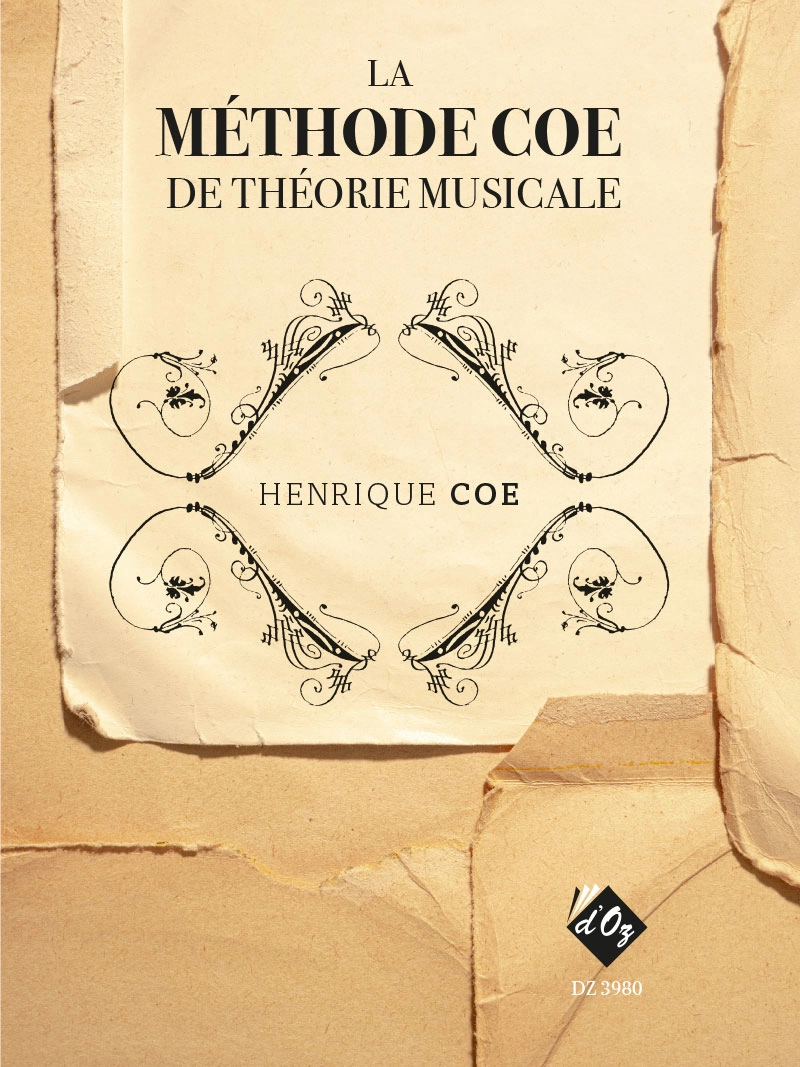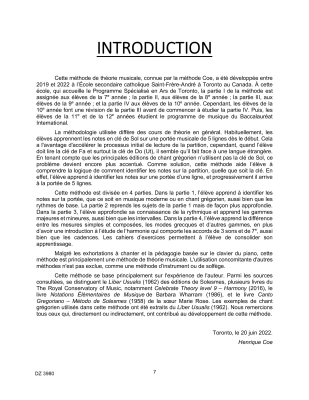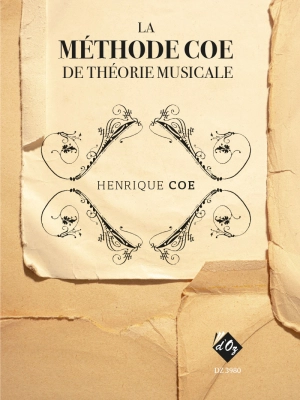Opens in a new window
Les Productions d'Oz La Methode Coe de theorie musicale - Book

Additional Photos:

- Composer/Author: COE, HENRIQUE
- Instrumentation: THEORY
- Model # DZ3980
Format: Book
Language: French
Subject: Theory
Level: Easy
The Coe method of music theory starts from the very beginning of theory and goes all the way to an introduction to harmony. There are a few aspects in the methodology that differ from theory courses in general.
First off, the Coe method teaches reading the notes on only one line, then on two lines and gradually we arrive at the staff of 5 lines. Then, from the beginning on the staff of a single line, the student learns the 3 keys: Sol, Fa and Do (Ut). This method, therefore, helps the student to understand the logic of how to identify the notes on the score, whatever the key.
Another novelty of the method is the inclusion of Gregorian chant theory. In addition to the importance of Gregorian chant in the history of music, we note that it helps to attract the interest of more advanced students. Indeed, when we teach Gregorian chant, it is a novelty for all students, for those who have never studied music as well as for those who have been studying the piano for years.
In addition, the syllabation proposed for the rhythmic (eighth note, quarter note, etc.) works very well with students. And this syllabation has the advantage of always having the same syllable (and) for the second half of the time, whether it is written with eighth notes or sixteenth notes.
Then, for the study of scales and intervals, there was a dilemma: we need intervals to understand scales, but knowing scales helps a lot to understand intervals. So, in part 3, the study of scales is done together with the study of intervals.
Finally, part 4 introduces the student to the study of harmony by putting together the classical approach with Roman ciphering and the popular approach with modern ciphering. In addition to studying compound measures and Greek modes, we study three-note and seventh chords. Then, the study of the cadences concludes the method.
Q & A
There are currently no questions for this product.
Reviews
There are currently no reviews for this product. Be the first to write one!




